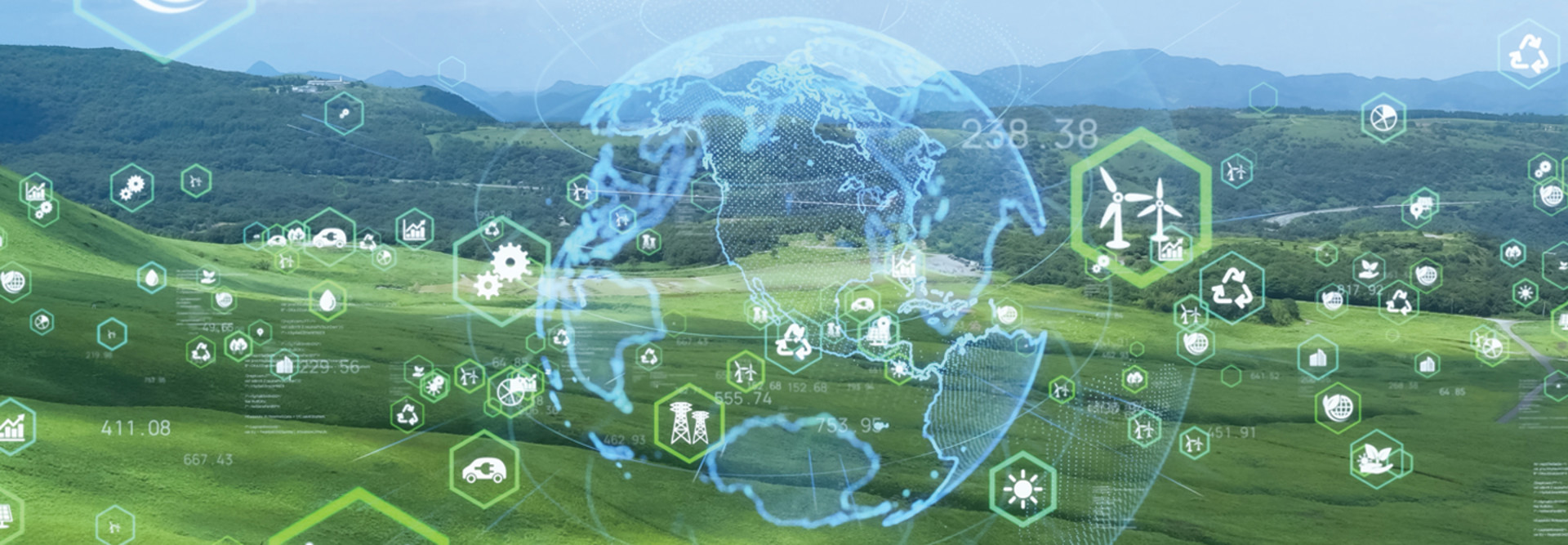Switching to Solar May Have Implications for Resource Monitoring
According to Solar for All Schools, more than 7,000 schools nationwide now use solar power, making up 5.5 percent of all K–12 public and private schools in the U.S. As more schools incorporate solar energy power, IT departments need to ensure that their monitoring systems can also monitor solar energy consumption, says Tablan.
“Where I have seen challenges for schools from an IT perspective is that when you’re bringing in solar, you have an inverter, and usually the solar installer brings their own software to monitor it. In many cases, that software doesn’t speak to or connect with the software the energy manager is using to monitor the rest of their energy load,” she explains. “So, the challenge for schools is to look for IT solutions that can make it easier to manage all of those systems together.”
School IT Departments Need to Build Resilience to Climate Impacts
Many school districts around the country returned to in-person learning at the beginning of the 2021-2022 school year, after 18 months of remote learning amid the pandemic. But this year, many students have had to shift back to remote learning for an entirely different reason: extreme weather conditions.
Since the beginning of the 2021-2022 school year, extreme weather and climate change–fueled disasters have closed classrooms for 1 million students, according to a report by The 74, a news website that covers education in the United States.
RELATED: What did K–12 schools learn from virtual snow days?
“When schools face disruptions to learning because of smoke or extreme heat or other climate impacts, technology is going to play a critical role in ensuring that there’s continued educational support for these students,” says Laura Schifter, senior fellow with The Aspen Institute and K12 Climate Action lead.
Losing instructional time because of weather, whether it’s extreme heat or heavy snow, can have a financial impact on schools as well. If students have a way to access their education, the day isn’t lost. And greener IT practices mean that the school can operate more efficiently in their absence.
By monitoring resource consumption and taking steps to conserve energy, reduce their carbon footprint and prepare for climate-related school closures, K–12 schools can create greener IT environments for the sake of their budgets and the planet.











